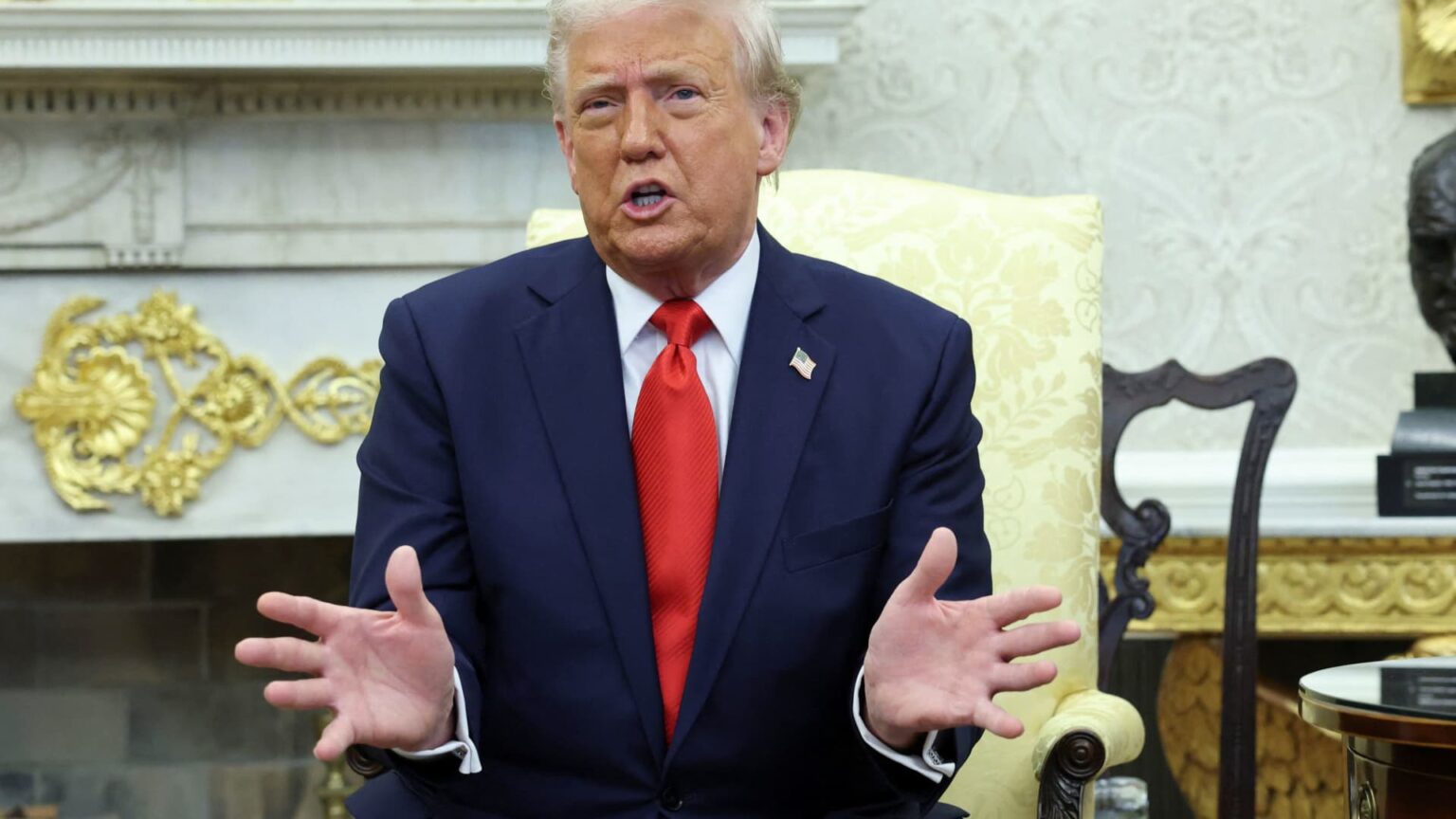Wall Street’s Record Trading Gains Amidst Uncertain Times
As President Donald Trump navigates his second term in office, the financial landscape has experienced significant volatility. Wall Street banks are reporting unparalleled revenues from stock trading, a response to the shifts in asset classes as institutional investors reposition themselves in a newly formed economic environment.
Record Revenues for Major Banks
In a surprising turn of events, major Wall Street players, including Goldman Sachs, Morgan Stanley, and JPMorgan Chase, achieved record earnings from equities trading during Q1 of 2025. Each bank reported approximately $4 billion in revenue from stock trading alone.
When combined with revenues from Citigroup and Wells Fargo, the total revenue for the six largest U.S. banks reached an impressive $16.3 billion, marking a 33% increase from the same quarter last year. This figure surpassed earnings during previous market upheavals such as the 2008 financial crisis and the 2020 pandemic.
Shift in Focus: Trading Over Investment Banking
While initial expectations anticipated a surge in deal-making activities driven by Trump’s policies, the reality has shown a dampened investment banking sector. As corporate executives defer strategic decisions amidst ongoing uncertainty, the most substantial beneficiaries have turned out to be traders within these banks.
Despite investment banking’s subdued performance, trading of fixed income securities also saw increased revenue due to heightened activity in currencies and commodities markets. Analyst James Shanahan from Edward Jones noted that elevated market volatility indicates that trading desks will likely remain active in the foreseeable future.
Evolving Dynamics in Market Engagement
In the first quarter of 2025, trading activity surged as investors reeled from Trump’s announcements regarding tariffs and trade policy shifts. With the introduction of tariffs on imports shortly after his inauguration, the market oscillated wildly as corporate leaders reacted to the unfolding situation. Notably, trading sessions following Trump’s announcements yielded historic fluctuations in both equities and government bonds.
Goldman Sachs CEO David Solomon reflected on the heightened market movement, stating, “We obviously saw significant moves in equity markets as people positioned for a different kind of trade policy during March,” and noted that the robust activity in trading suggests that even the second quarter could be more fruitful for Wall Street institutions.
Challenges Ahead for Regional Banks
While the larger banks thrive off this volatility-driven trading boom, regional banks are facing challenges due to their limited trading operations. Stagnant loan growth coupled with rising borrower defaults places these smaller institutions in a precarious position. As larger firms prepare for potential economic downturns, they are also setting aside significant capital reserves to address potential loan losses, which could reflect a broader trend in the banking sector.
Conclusion
The first quarter of 2025 highlights an intriguing paradox in the financial sector: while expectations around investment banking have dwindled, trading desks at major banks flourish amidst uncertainty. As market dynamics evolve, the financial strategies of both regional and large banks will play a crucial role in navigating the potential challenges and opportunities presented by the current economic climate.
